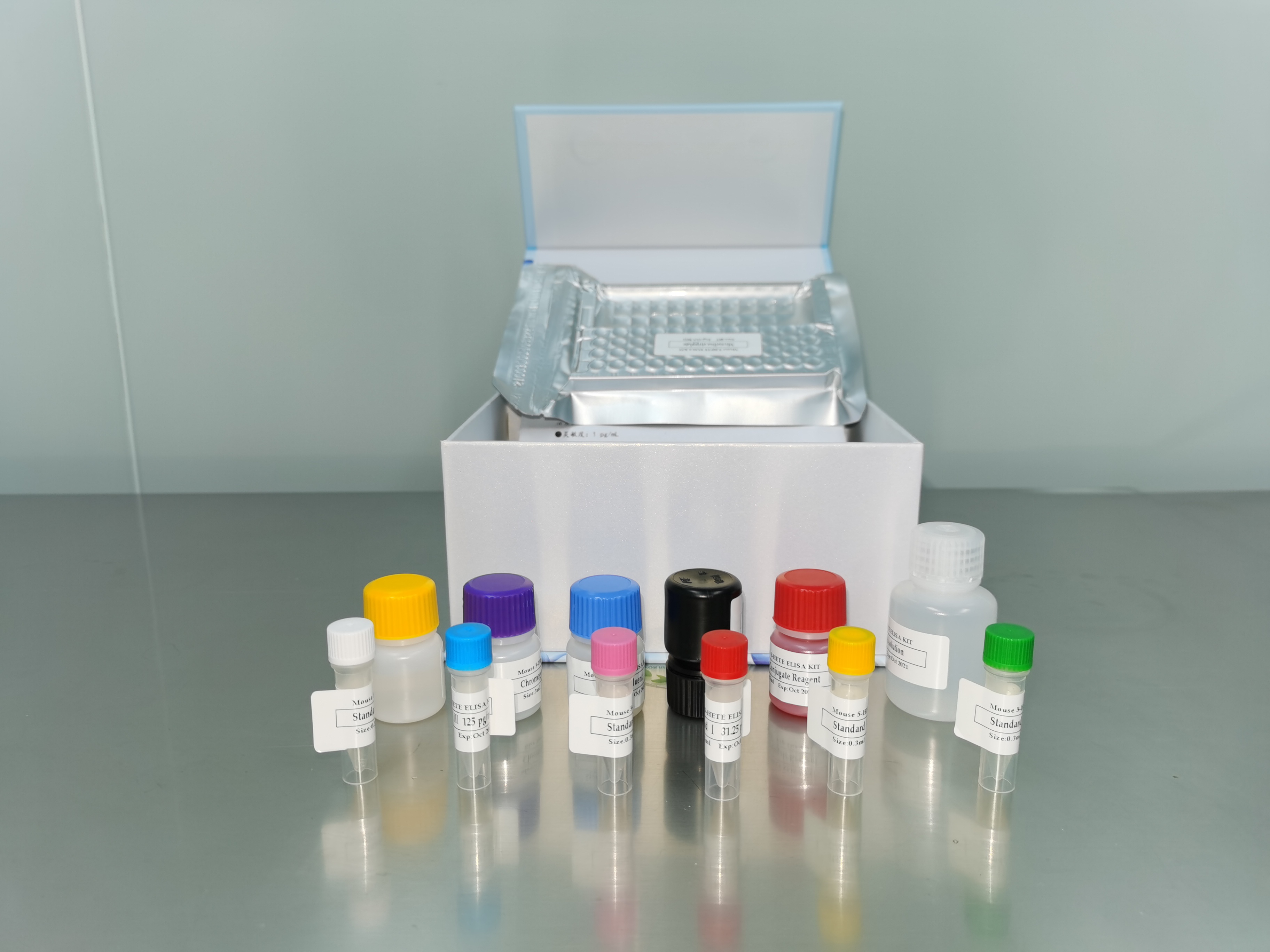| 产品名称: | U6.2 |
|---|---|
| 商品货号: | TS142341 |
| Designations: | U6.2 |
| Species: | Homo sapiens, human |
| Depositors: | N Dahl |
| Applications: | This probe is useful for carrier and prenatal diagnosis in fragile-X families. |
| Vector: | Construct size (kb): 5.400000095367432 |
| Insert: | DNA: genomic Insert lengths(kb): 1.0 Gene product: DNA Segment, single copy DXS304 Alleles: A1, A2 |
| Insert Size (kb): | 1.0 |
| Media: | ATCC® Medium 1227: LB Medium (ATCC medium 1065) with 50 mcg/ml ampicillin |
| Biosafety Level: | 1
Biosafety classification is based on U.S. Public Health Service Guidelines, it is the responsibility of the customer to ensure that their facilities comply with biosafety regulations for their own country. |
| Shipping Information: | Distributed: freeze-dried |
| Comments: | Restriction digests of the clone give the following sizes (kb): BglI--2.8, 2.3; EcoRI--5.4; EcoRI/HindIII--4.4, 1.0; HindIII--5.4. Co-segregated with the fragile-X phenotype in 29 informative meioses in 9 fragile-X families. This probe is useful for carrier and prenatal diagnosis in fragile-X families. The TaqI insertion/deletion polymorphism is also detected by the following enzymes (the most frequent size listed first in parenthesis): StuI (8.7/9.0), BglI (5.3/5.9), BclI (2.9/3.3), MspI (4.5/2.2), PstI (6.6/7.2). |
| References: | Dahl N, et al. A polymorphic locus at Xq27-28 detected by the probe U6.2 (DXS304). Nucleic Acids Res. 17: 2884, 1989. PubMed: 2566159 Dahl N, et al. Isolation of a DNA probe of potential use for diagnosis of the fragile-X syndrome. Hum. Genet. 82: 216-218, 1989. PubMed: 2567272 Dahl N, et al. Linkage analysis of families with fragile-X mental retardation, using a novel RFLP marker (DXS 304). Am. J. Hum. Genet. 45: 304-309, 1989. PubMed: 2569270 Vincent A, et al. The polymorphic marker DXS304 is within 5 centimorgans of the fragile X locus. Genomics 5: 797-801, 1989. PubMed: 2574147 Suthers GK, et al. Physical mapping of new DNA probes near the fragile X mutation (FRAXA) by using a panel of cell lines. Am. J. Hum. Genet. 47: 187-195, 1990. PubMed: 2378346 |


